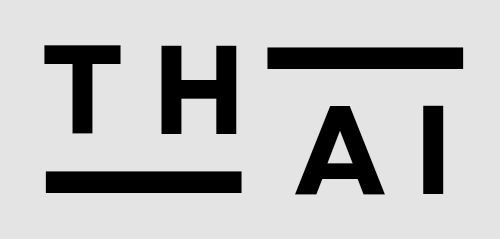On November 17, Wichoksak Ronrongpairi, president of the Thai Marine Conservation Association, voiced strong opposition to a government proposal to reauthorize the use of destructive fishing tools known as push nets (auan run). This decision comes despite years of efforts by local fishing communities to restore coastal marine ecosystems severely impacted by these practices.
What Are Push Nets?
Push nets involve modified vessels equipped with large wooden or steel poles (10-50 meters long) that scrape the seabed as the vessel moves forward, collecting all marine life into tightly woven net bags. This method indiscriminately destroys seabed habitats, depletes fish populations, and devastates marine biodiversity.
Regulation History
1997: The government stopped issuing new licenses for push net fishing.
2003: Fishing zones for push nets were extended from 3,000 meters to 5,400 meters offshore.
2015: Push nets were completely banned, marking the end of an era of extensive ecological damage caused by this method.
Proposed Reintroduction Sparks Outrage
The current government is now considering reintroducing push nets, reversing years of conservation efforts. Critics argue this decision undermines the sacrifices made by local fishing communities and jeopardizes the fragile recovery of coastal ecosystems. Conservationists, including Wichoksak, describe this move as a step backward, warning that it would devastate marine resources and livelihoods.
Fishing communities are calling for measures to counter this proposal and protect the gains made in restoring coastal biodiversity. The reauthorization of push nets, they argue, would be a regressive policy threatening long-term ecological and economic sustainability.
- Log in to post comments
